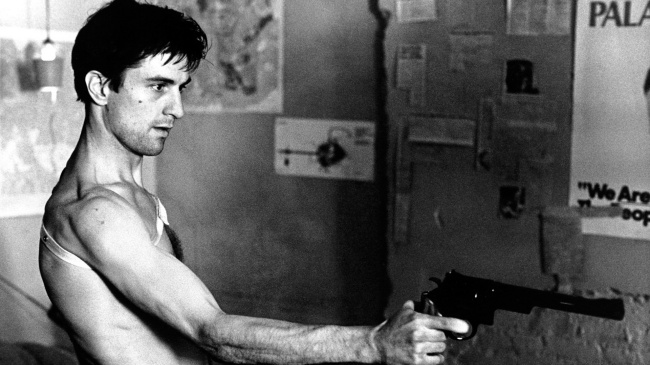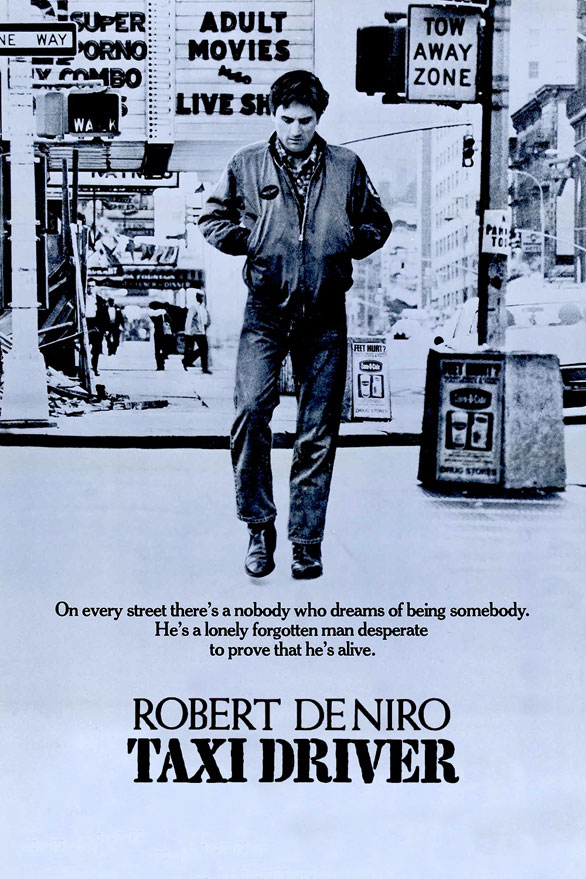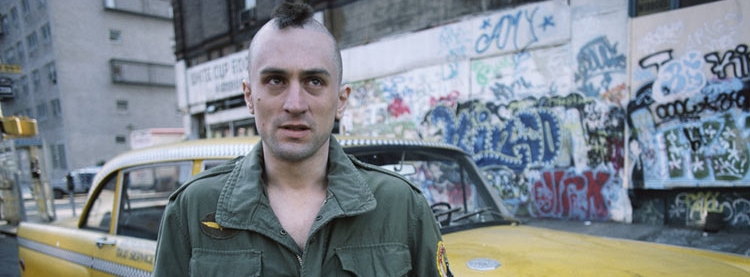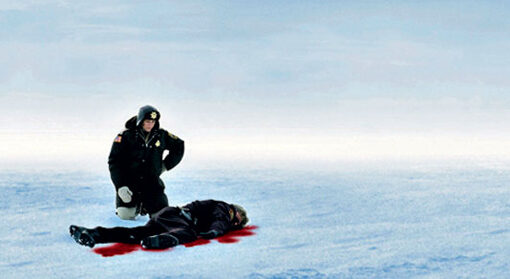I was recently told that when telling others about how many films you have seen at a film festival, you are not supposed to count movies you saw in the market (i.e. the films shown to potential distributors) or retrospectives, but only films in competition. Since the three films I have seen this year at the Berlin International Film Festival (aka the Berlinale) were either in the market, a retrospective or a special screening, I guess I have not seen any movies here. But the fact is that I have, too. And one really special experience was seeing Martin Scorsese‘s Taxi Driver on the big screen. It was a special screening of a special movie in a special form.
Twenty years ago, Taxi Driver had already undergone a preservation process, but it was in 2010 that Sony started a full restoration and remastering process of the movie which took over half a year to complete. Scorsese and his cinematographer were involved in the process which involved scanning the original camera negatives and doing damage repair, color correction and 4K mastering. Scorsese apparently approved the result this January, and they went to Berlin to show it to audiences. Fast forward to the night of the premiere, I am sitting at the Friedrichstadtpalast, a monstrous auditorium that fits about 2000 people (I really have no idea, I heard that somewhere) and a huge screen. The seats sucked, and the first thing the usher read out was a piece of paper saying that due to a software error, the 4K print had to be converted to 2K and then scaled back to 4K, but it would still look great. One audience member shouted “booo”. I was wondering if there was a law against doing such things to a movie. Unspeakable. But all grudges were forgotten when Paul Schrader, the screenwriter, and the Sony person that oversaw the restoration, came on stage to introduce the movie. That was quite a moment, and for many audience member probably the first and only contact with any information detailing the movie’s exciting history. The lights go out, and I watch Taxi Driver, completely restored and remastered, in digital projection, on pretty much the biggest movie theater screen I have ever come across. I felt like a little kid on christmas eve, unwrapping the greatest toy ever conceived. Granted, I wasn’t as pumped as when I saw Apocalypse Now Redux, but it was pretty close.

I had seen Taxi Driver a number of times before, on DVD. It is one of my favorite movies, mostly because of the great camera work and the jazz music. Scorsese in his young years was a remarkably creative and insane film maker, and in Robert de Niro he found an extraordinary actor. Paul Schrader‘s writing is the furious, mad and gritty type of narrative that just goes perfectly hand in hand with the directing style of Scorsese. The autobiographical nature of Taxi Driver paired with the spirit of that period make for an exciting journey into the streets of New York. Scorsese takes you on a cab ride with Travis Bickle through downtown, past the old grindhouses and coffee shops on 42nd street. The movie starts out with Travis as a restless Vietnam veteran, who tries to bridge his sleepless nights with the job perfect for that: driving a taxi cab. But it does not solve his problems. The roots for his restlessness are the society he feels surrounded with. He sees all the filth, the social problems, the abyss of a New York of the side alleys, and he has a vision of a grand restoration. He says he wishes the rain would wash it all down the drain. He tells Senator Palantine, the president should just clean it all up. His efforts to fit into society’s mold by chasing a girl do not bear fruit. Too far off is his personality from the societal conventions already. A different type of movie would probably show flash backs form the war, or explain his scars, the relationship to his parents. Taxi Driver shows the essence of being a misfit. Bickle reaches a point where he sees a way out of the spiral, and he holds on to a vague idea of doing something meaningful. The crazy world around him, and the tiny wheel that he personifies, it all means that whatever he needs to do, would have to be radical.
When I was younger I had problems making sense of the movie’s ending. While it is not overly ambiguous, his famous rampage and the subsequent return to normalcy could be interpreted in many ways. Now I don’t think the movie is half as political as some people make it out to be. Sure, there’s the spirit of the time, and Bickle is a Vietnam vet, and there’s class struggle, and social tension, and an election campaign. But at the bottom of it all, is a confused man in a not so forgiving environment. This is a story about how out of place you can feel, how hard it is to feel like and outcast. One can digest the film a lot better knowing it has autobiographical traits, too. But all that aside, Taxi Driver I think does not want to be a political or social statement, or a classic, because nobody knew back then it would ever be one. I think it is mostly an exceptionally beautiful little film, an urban tale about people, and taxi cabs, and grindhouses, and jazz music. If you’re sick and won’t take it anymore, like Travis Bickle, you toss out a whole bunch of no good movies, and you see a classic like this, and the world is great again.

Now we need to hope for a quick re-release on BluRay of this classic. There is a BluRay out there, but it is not based on this new restoration, as far as I know. It is still a terrific thing to own, but you might want to hold off for now.







9 thoughts on “Berlinale review: Taxi Driver (Premiere Restoration)”
Very cool. The blu-ray coming out on 4/5/11 has the 4k restoration –
http://www.blu-ray.com/news/?id=5880
It is coming to the US! http://ramascreen.com/scorseses-classic-taxi-driver-returns-to-theaters-for-2-nights-only/
I used to have this original poster in the 80s- would love to still own it